When you think back to the atmosphere of '90s restaurants, you may feel a certain nostalgia for the flashy decor—the loud lamps and checkered tablecloths—at big chains like T.G.I. Friday’s, Chili’s, and Applebee’s. But where did it all go? According to one YouTuber’s fascinating deep dive, this "blessed mess" style has devolved into the "same dull beige," and it’s all been an act of generational rebellion, dating back much further than the boomers and millennials.
Phil Edwards explains it all in a 15-minute video titled "How restaurants lost their personality," launching with a clip from a wacky T.G.I. Friday’s commercial starring a very famous actor. "This is the definition of 'chaotic good,'" he says. "Bryan Cranston is selling you a vision of a life lived on Friday, where the walls are covered with the most random crap you can imagine, botanists are in heaven, and servers are dressed in stripes, like they escaped from the Gangs of New York. How did restaurants get so boring? We went from an insane aunt to a Beige Robot, from pictures, lamps, and brass to a millennial Airbnb with a passion for graphic Design. I mean, seriously, did Dwight Schrute design this? What went wrong?"
- YouTubewww.youtube.com
To illustrate how trends have changed, Edwards takes us back to 1950, where bars were "smoky, cramped, and dark"—"uninviting from the outside and closed-off on the inside." But in the following decade, he says, there was an explosion of nostalgia for the 1890s (or "the Gay Nineties"), which featured flashy, unique design elements viewed as "fun, carefree, and creative."
Many restaurant-bars began to infuse more pizzazz into their style and branding, with verbose and playful names (Applebee’s was originally "J.T. Applebee’s Rx for Edibles & Elixirs") and design elements like Tiffany lamps and ferns. Some of these establishments became known as "fern bars," exemplified by the original T.G.I. Friday’s in New York City. Edwards also points to another pivotal spot, Henry Africa’s in San Francisco, which included all of these trademark features: the greenery, the big windows, the Victorian design, and the colorful-sounding drinks.
The atmosphere was warm and inviting—a stark contrast to the dark and moody bars of the past. In the 1970s, as these chains expanded, they began thinking about the whole family—T.G.I. Friday’s was even offering a kid’s menu. "The modern era of chain design, it makes sense now," Edwards says. "It is a cultural rebellion against the baby boomers. At first, I thought it was weird that the baby boomers had transformed their singles bars to places where they [hung out] with their kids. What kind of Freudian stuff is going on there? But then I realized there are a lot of babies at [modern] breweries."
- YouTubewww.youtube.com
It’s perfectly reasonable for one generation to rebel against the previous one—whether that’s through music or literature or, yes, even the amount of Victorian lamps hanging in their restaurants. But Edwards notes that we should be more mindful of what culture we might be discarding along the way. "[W]hen we redesign these restaurants, when we strip away their soul, we’re not just losing some dusty antiques and weird picture frames on the wall," he says. "We’re losing a sense of the personality of a previous generation—and a reminder that they were not just parents but [also] people."
Another area of clear cultural evolution: fashion. In a similarly in-depth YouTube video, Warmbru Curiosity investigated why everyone used to wear hats in the first half of the 20th century—and why everyone suddenly stopped. The shift, they concluded, happened after World War II, when younger people started to rebel against traditional cultural norms, including the formality of dress codes. But if trends are cyclical, maybe at some point in the future, it will again be commonplace to wear a wide-brimmed hat, walk into an intensely decorated fern bar, and order a cartoonishly named cocktail.
- YouTubewww.youtube.com











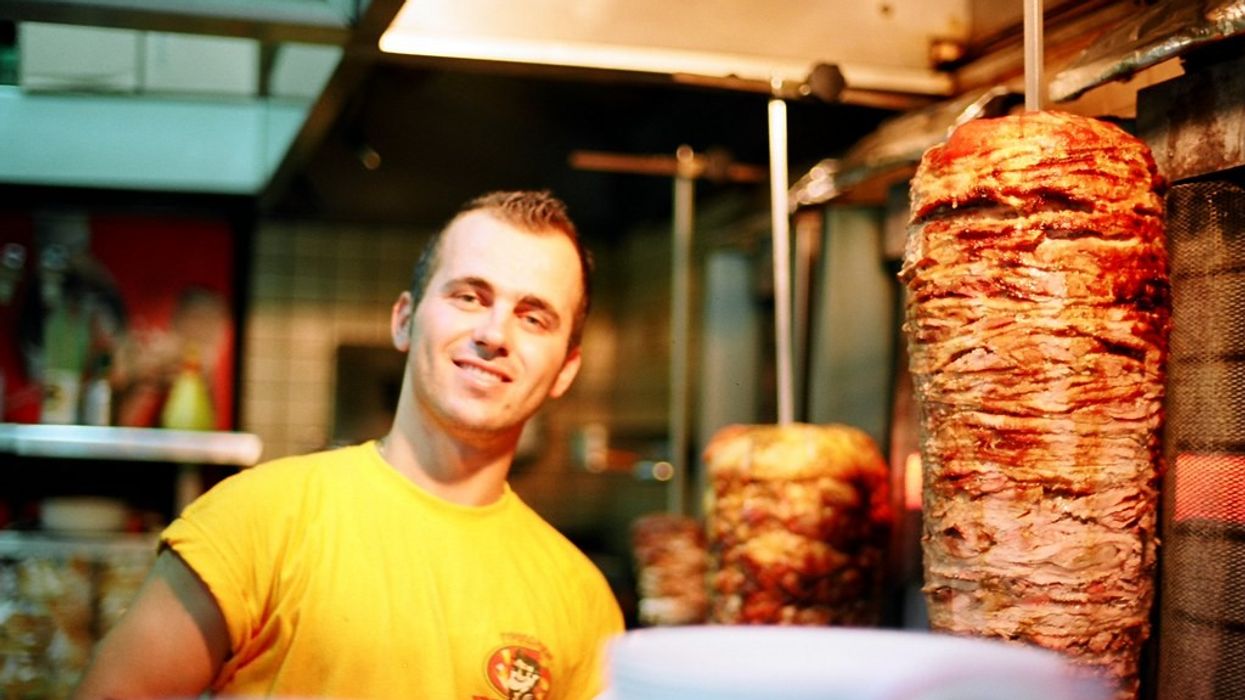


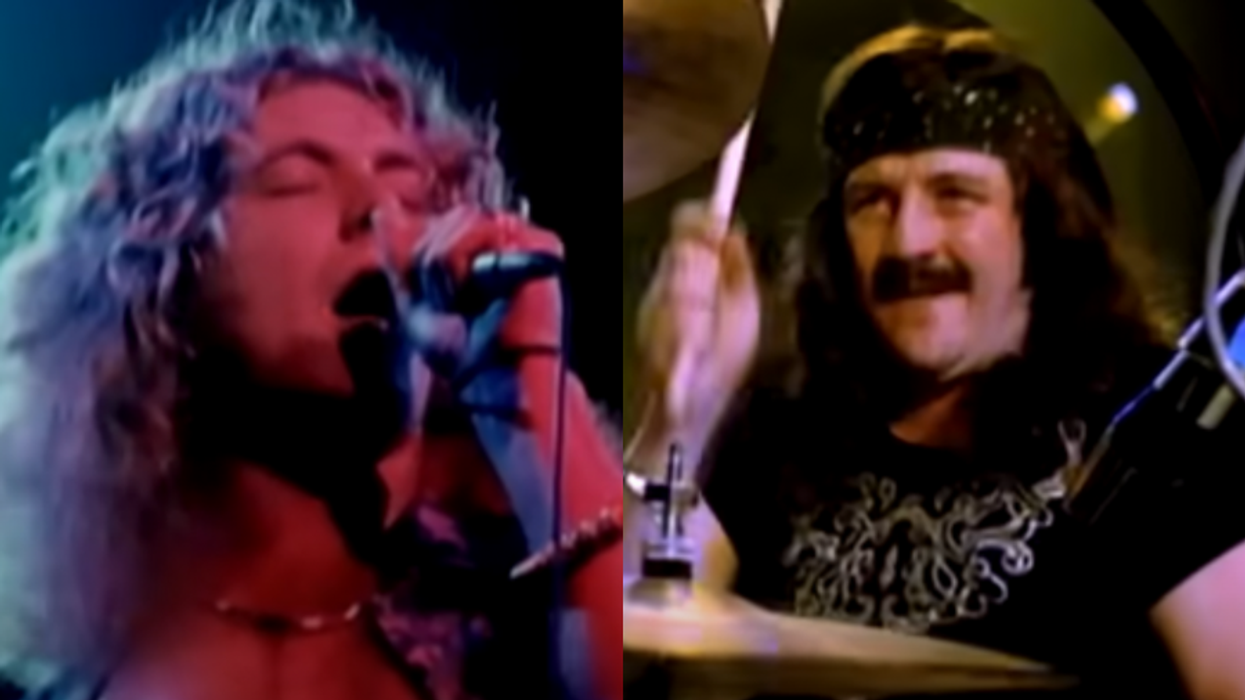





 Lonely dog waits for owner.
Lonely dog waits for owner.  Commenters were in supportImage via Reddit
Commenters were in supportImage via Reddit Commenters on Reddit.Image via Reddit
Commenters on Reddit.Image via Reddit Dogs can detect with something new is going on.Canva
Dogs can detect with something new is going on.Canva
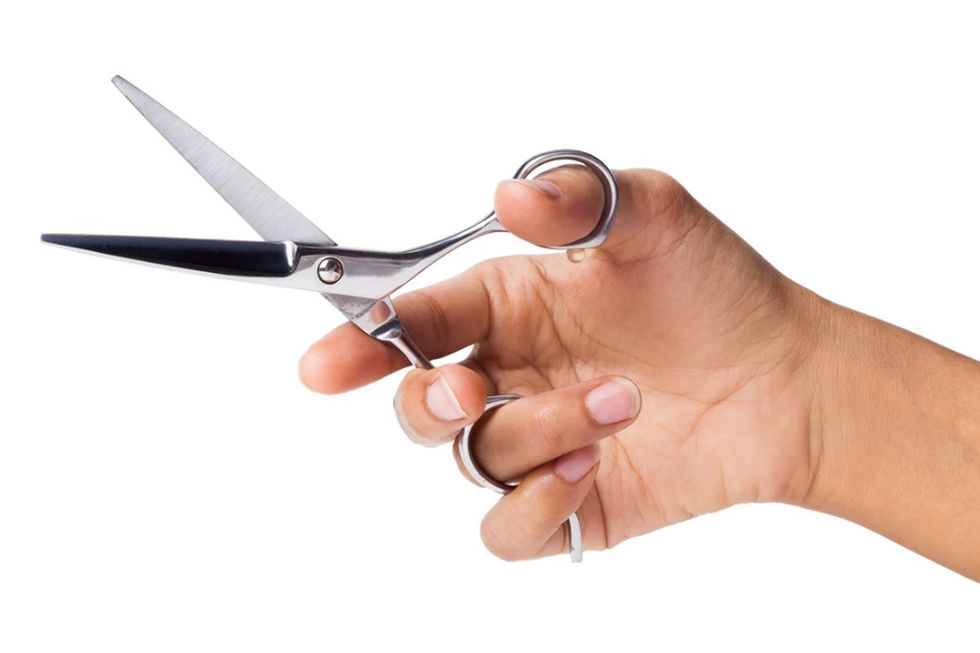 A pair of scissors.
A pair of scissors.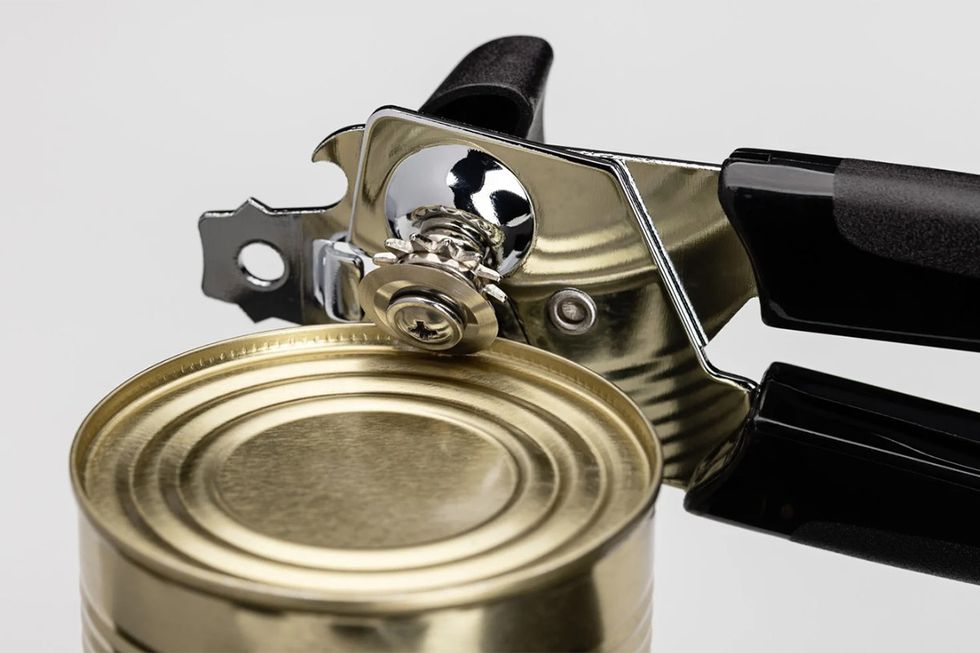 A can opener opening a tin can.
A can opener opening a tin can.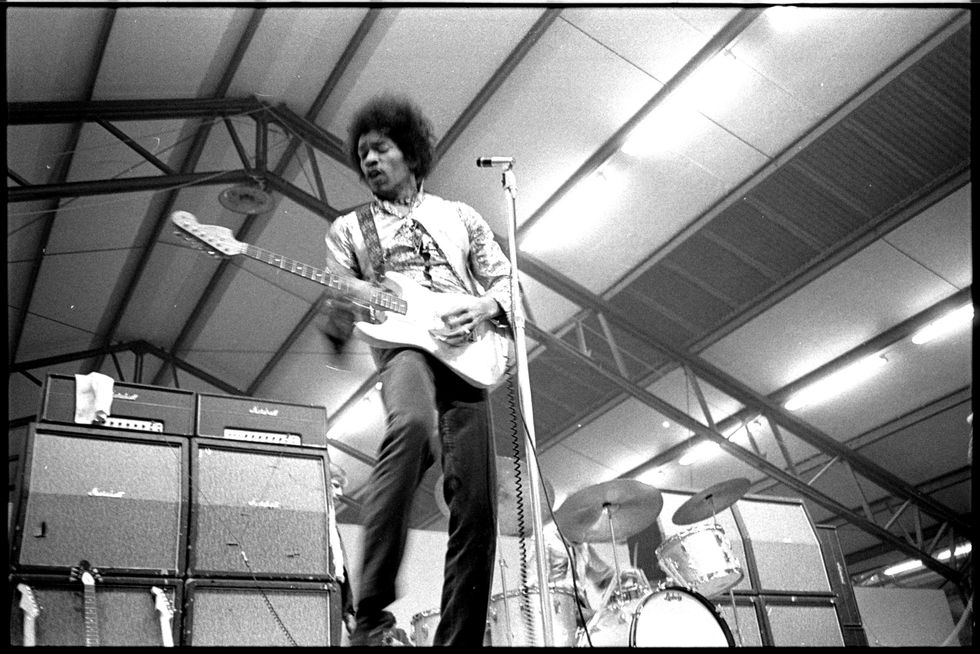 Jimi Hendrix playing on stage.Public Domain
Jimi Hendrix playing on stage.Public Domain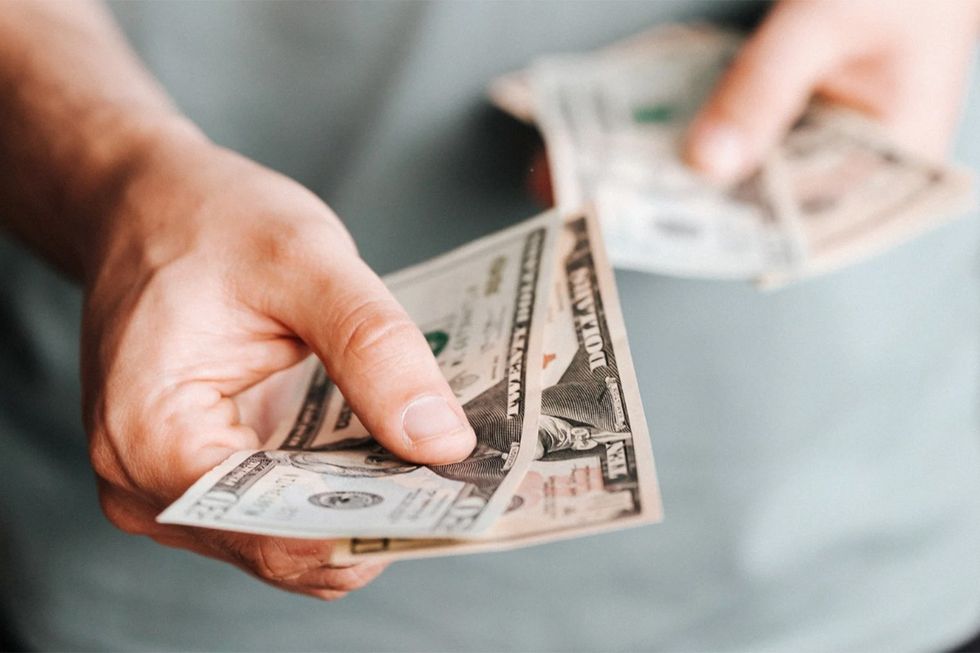 A man handing over $20 in cash.
A man handing over $20 in cash. A person using a power saw.
A person using a power saw.

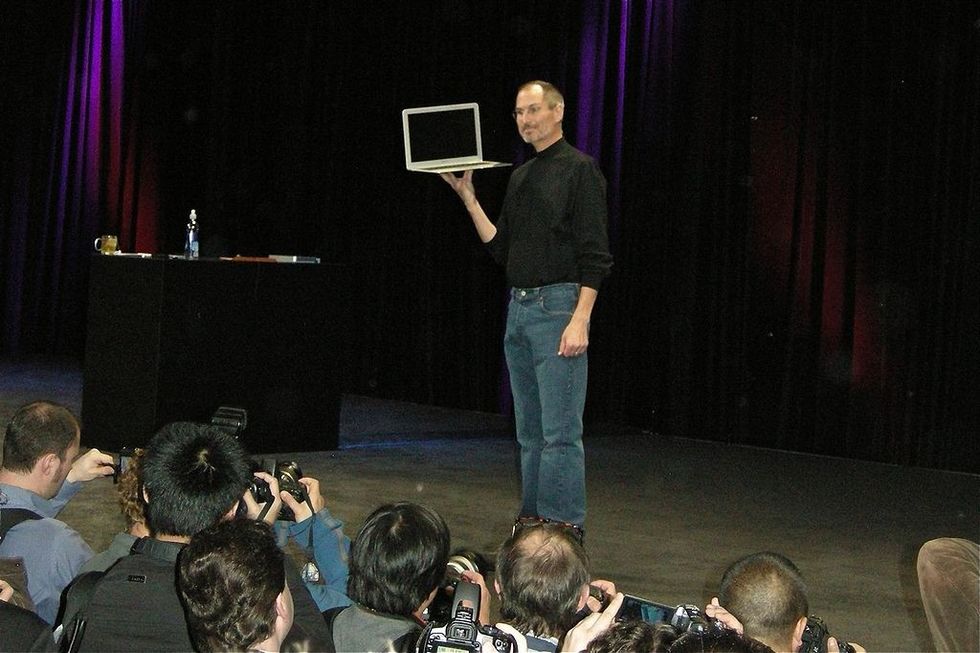 Steve Jobs in his traditional work ensemble.
Steve Jobs in his traditional work ensemble.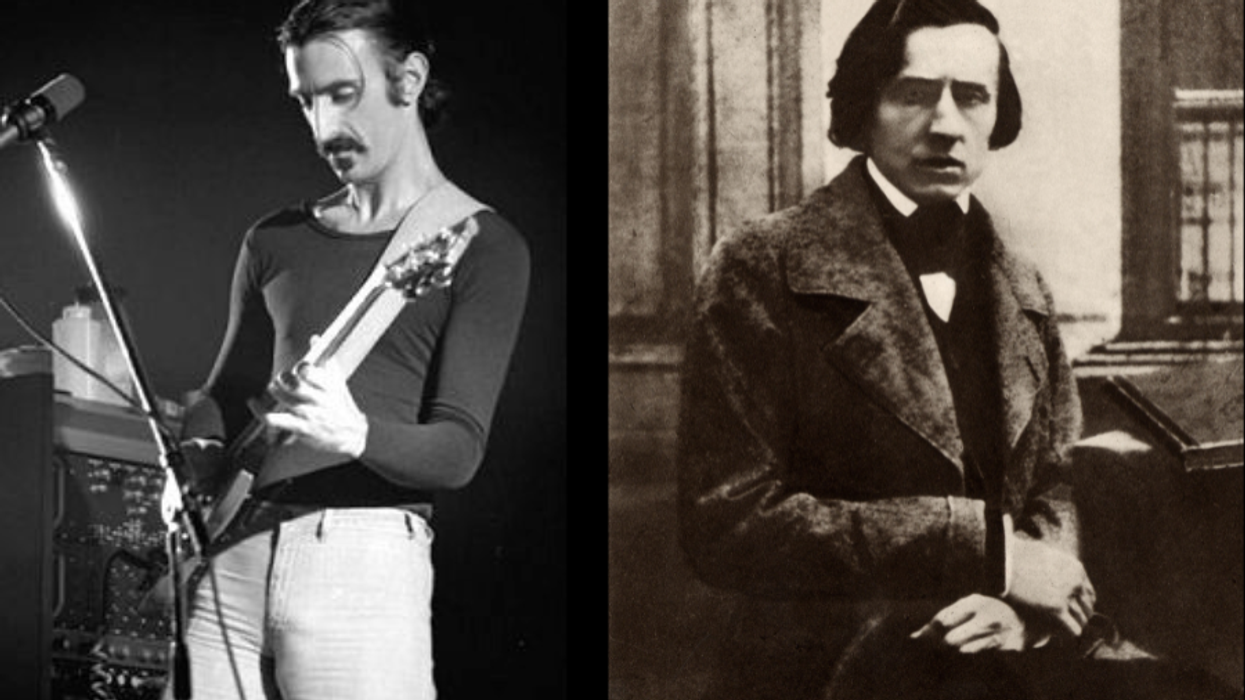
 frank GIF
frank GIF